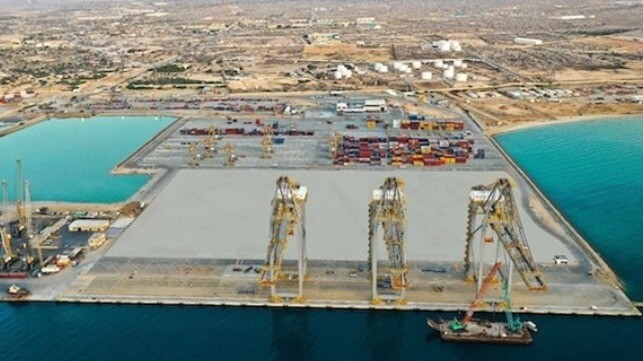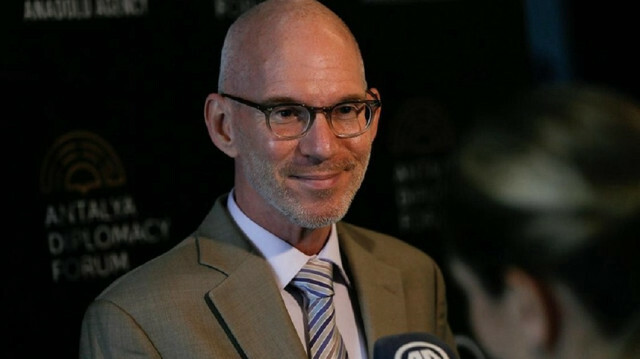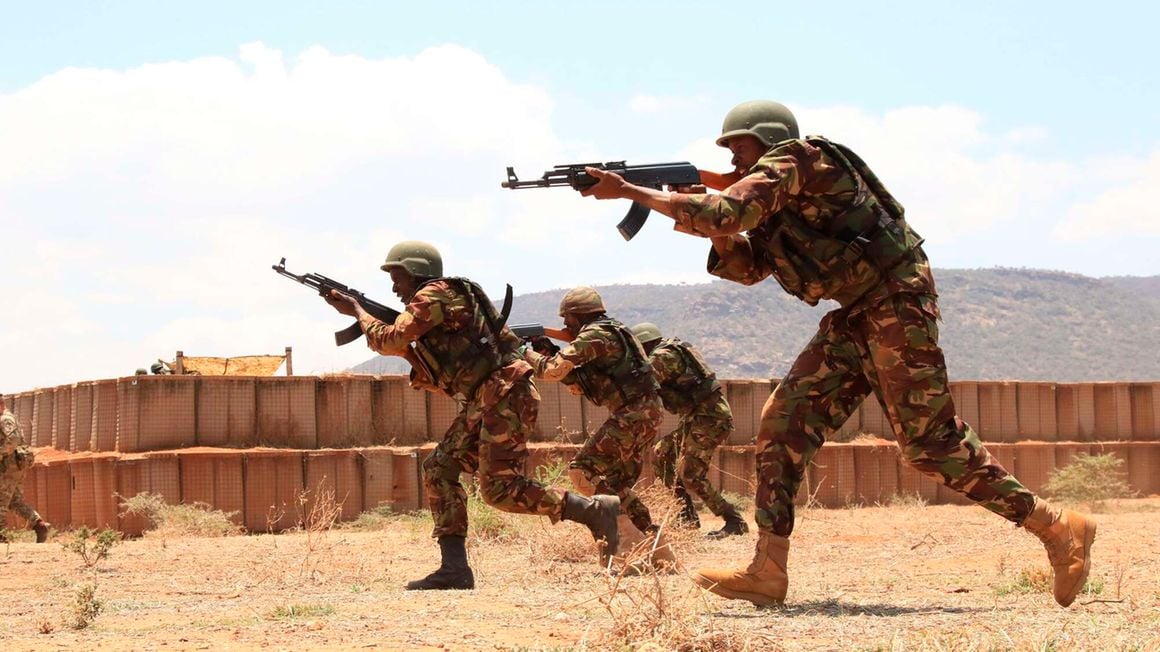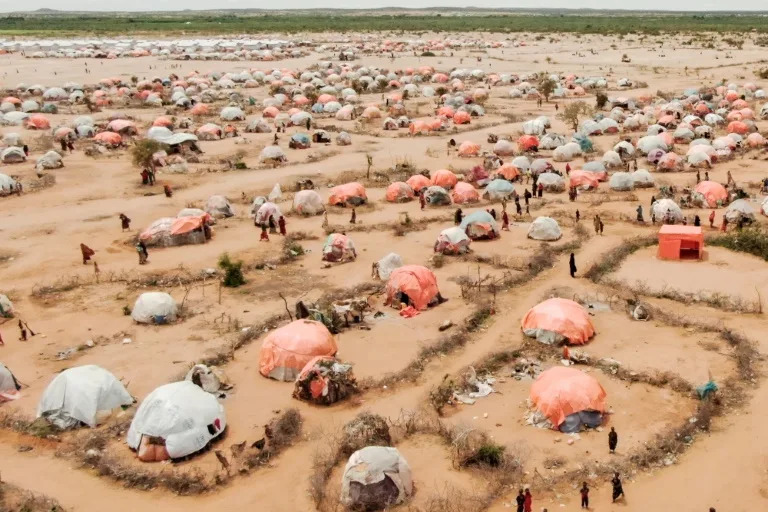Very lengthy, like some of the stuff I write here. But despite its length it's very informative. Well worth your time. I thought I would give you a flavour of it by presenting his conclusion.
And because Somalia is back in the news of late, and is the only 'real free market economy' with no government. I thought it was interesting that he concluded on that point as well. More on this at the end of Chohong Choi's missive.
Be Careful What You Wish for
Business always speculates on how much better it would be if government would just get out of the way and let free enterprise do its thing. It longs for some mythical time in the past when the businessman was on his own and things worked out fine. It sure hopes not. For it is the biggest user and beneficiary of public facilities like the courts, education, fire services, hospitals, infrastructure, the military, and the police. Not only does business rely on these resources, its employees and customers do too. Also, business utters nary a word when the government goes to bat for it by enacting favorable legislation and signing trade deals with foreign countries. It knows who hold the keys to power, and spares no effort to ingratiate itself with these movers and shakers, as well as to find as many backers as it can to represent its interests in the government.
It is not always a bad thing that Hong Kong’s economy is not as free as advertised. Its public facilities and regulations help ensure stability in the city and make it a livable and investable place. That is how a strong community is built. Hong Kong still suffers from crowdedness, pollution, stress, and a widening rich-poor gap, but its public sector, while not without fault, has succeeded more than it has failed. Even as Hong Kong’s business sector continues to preach the advantages of the “free market,” it is silently thankful for (just to name a few) its affordable public healthcare, which releases it from straining its resources to provide its employees with basic health coverage like employers in the U.S., and for its public safety measures, which spare it the expense of having to hire high-priced private security contractors to protect its assets à la post-Katrina New Orleans.
If Hong Kong was chosen as the site of the last WTO conference because it appeared to practice free trade and free market economics better than anyone else, then that makes sense. Free trade talks and deals are mostly razzle-dazzle anyway, as those players who can afford to flout the terms of any agreement do so with near impunity. Insiders and those at the short end of these pacts know better. Markets and trade are never free. Someone reaps the rewards, someone pays for the rewards, and someone certainly pays for its consequences.
If the closest thing to a truly free market is what you seek, then Hong Kong is not it. That place, according to one journalist, would more likely be Somalia. But there is no invisible hand at work in Somalia. If anything is invisible, it would be a functional national government, which has not been seen since 1991 (hence, no government regulations), as well as foreign aid (thus, no strings attached). Private enterprise exists in Somalia, and some of it works quite well given the circumstances. But even those in the private sector await the return of a working central government, which can help ensure stability and provide the framework for a smoother operation of society. Until then, rules are made by word of mouth and usually enforced at the point of a gun (the visible fist).
Any chance that the next WTO conference will be held in Mogadishu?
Heh, heh not likely eh. Recently some liberaltarians have been singing, or ringing, the praises of the free market in Somalia. Seriously, they have the largest cell/mobile phone system in the world. All set up amongst freely competing capitalists and their private armies, it make's the free (booty) marketers over at the Von Mises Institute drool. Unfortunately such anarchic capitalism is based on the primitive accumulation of capital, in otherwords brigandism and piracy. Gee just like the foundation of Hong Kong as the distribution centre of Opium into China, in the 19th Century.
Unfortunately the current minarchist capitalist free for all in Somalia while successful in producing a mobile phone business has not solved the problem of the current drought affecting the Horn of Africa. In fact the free market brigands and pirates have been detrimental to the attempts by the UN to get food to the starving masses.
Conflict and lawlessness in the Horn of Africa are making it far harder to get aid to those who need it. In particular, Somalia's pirates and warlords are disrupting shipping routes and delaying food deliveries.
The biggest security problems are in Somalia, which has had no central government for 15 years.
Even in the best of times in Somalia, when there's plenty of rain, warlords often wage battles. But in a time of drought, specialists warn that the stresses of survival will further unravel local power structures, creating new opportunities for havoc from freelance bandits, militias, and perhaps Islamic extremists aligned with Al Qaeda.
''Somalia has been an extraordinarily difficult country for the last 15 years," Christian Balslev Olesen, UNICEF's Somalia representative, said in an interview in Nairobi. ''We've had flooding, drought, conflict, war, and general insecurity. But we haven't seen anything like this drought for the past 25 years. . . . The worst scenario is that we might be going into huge drought with some kind of high-scale conflict. And bringing food into a security situation like Somalia for 2 million people is going to be a nightmare."
Last year, pirates hijacked two World Food Program ships carrying donated food. US Navy ships now patrol off the coast, but most shipping companies have refused to deliver to ports in Somalia. That means it takes up to a week longer for each shipment of food to come from the port in Mombasa, Kenya, and then be trucked to south and central Somalia
A woman and a girl stood in a field outside Wajid, Somalia, that has not produced a crop of sorghum, a grassy grain that is one of the foundations of the Somali diet, in two years. (John Donnelly/ Globe Staff)
Somalia is an excellent example of Anarcho-Capitalism in action. That is the theory that all state services could be privatized, including having private armies and police forces. Well that's Somalia. Look there for the future of this flawed ideology.
You see capitalism needs a State to function properly, as does business. Without the State, capitalism returns to its original state; fuedalism in decay. As Yemen has shown as well as Somalia.
Today, Yemen itself is on a dagger's edge, precariously balanced between forces of modernization and the pull of powerful traditionalists. In the West, Yemen may be best known for its recent history of tribal kidnappings of tourists, the 2000 al Qaeda attack on the USS Cole, and the ubiquitous chewing of khat, a mildly narcotic leaf. But the government has helped roll up several al Qaeda cells and, at least until a recent prison break, generally allayed western fears that terrorists would find sanctuary in the large tracts of lawless, tribal lands.
In deep denial. These days, though, Yemen is facing its own crisis, the result of deepening poverty and a government in denial about the depth of reforms needed to survive. In the past year, the United States and the World Bank have slashed their modest aid programs to Yemen, increasingly fed up with a bureaucracy that is one of the most corrupt in the world. "Yemen is teetering on the edge of failed statehood," warns one U.S. official. "It will either become a Somalia or get serious about transforming." For a nation awash in guns and crisscrossed by well-worn smuggling routes, the threat is grave.
And the capitalist state is not just any kind of government, it is a specific kind of government that regulates the market in favour of stability for the creation of monopolies. As the history of Hong Kong and of course British and American capitalism shows. This is the history that the right wing of course has always revised, whether it is the Heritage Foudation or the Von Mises Institute.
For as Herr Dr. Marx said the history of the world is the history of class struggle which the right has interpreted as the history of the world is the history of people clashing with the state. Which is only partially true, for in this assessment of the world, they forget people have developed self-government and that the masses revolutionary struggles have not been just over what kind of government should exist, but how the social relations of society should function.
In other words its not enough to just Smash the State in a fuedalistic society or a capitalist one. It is essential to change the means of production and distribution. The apologists for capitalism, see Somalia as a free market. It maybe, but it is not a self governing market, it is far from a society of Liberty, Equality and Solidarity.
Find blog posts, photos, events and more off-site about:
minarchism, anarchism, left-libertarian, libertarian, Somalia, Hong, Kong, Free, Market, capitalism, fuedalism, brigands, pirates, drought, Africa,




















